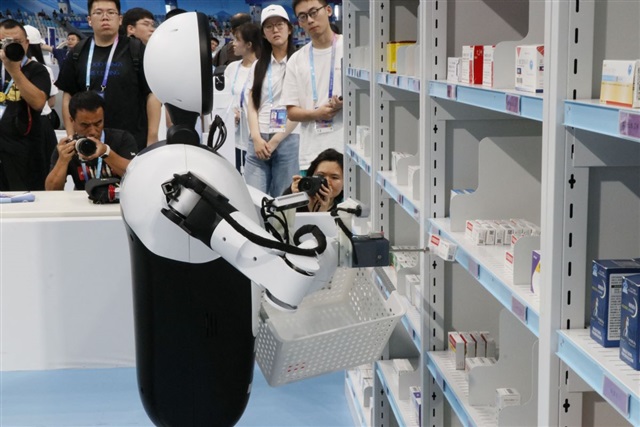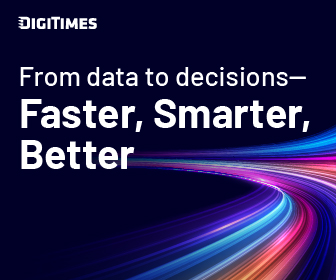White-collar roles face mounting risk from artificial intelligence (AI), but AI-powered robots remain unable to fully mimic human capabilities. The gap is pushing more Gen Z workers toward vocational and trade careers.
NBC News and The Wall Street Journal, citing US Bureau of Labor Statistics forecasts, report steady growth in demand for blue-collar trades. Tony Spagnoli of North American Technician Excellence (NATE) noted that AI cannot easily replace skills requiring physical installation and on-the-spot judgment. With many workers nearing retirement, labor shortages are expected to intensify.
A Resume Builder survey of over 1,400 Gen Z respondents found growing numbers of college graduates shifting into trades after realizing their degrees lacked workplace relevance. Forty-two percent said they had already entered or planned to pursue blue-collar fields, citing student debt pressures, financial security, and reduced risk of AI displacement.
In July, Microsoft published a list of the 40 jobs most exposed to AI disruption. Occupations including historians, customer service agents, sales staff, and writers ranked as high risk, while roofers, hazardous waste handlers, and painters were deemed less vulnerable.
Geoffrey Hinton, widely known as the "godfather of AI," issued a similar warning, predicting that roles like paralegals could soon vanish. Physical trades, however, are far harder to automate, he said, urging young people to consider careers in plumbing, electrical work, and other skilled labor.
Robot technology still immature
AI-driven robotics could one day replace roles such as factory workers and truck drivers, but commercialization is still at an early stage. Tasks that are simple for humans remain highly complex for machines.
Chinese outlet Chinastarmarket.cn reported that the World Humanoid Robot Games wrapped up in Beijing on August 17, with more than 500 robots competing. Alongside athletic events, the contest included dance and martial arts "performance" competitions and scenario-based challenges simulating real-world applications. Teams controlled robots remotely via continuous teleoperation.
Scenario challenges spanned hospitals, hotels, logistics warehouses, and factories, with robots tasked to sort medicine, clean rooms, handle luggage, and move materials. Most robots performed awkwardly, struggling to complete assignments smoothly.
One hotel-cleaning robot took 17 minutes to remove just nine pieces of trash, while another sorted only three boxes of medicine in five minutes during a hospital task. VR control signal issues often caused delays and mismatches between operator commands and robot movements.
A researcher at the Beijing Institute for General Artificial Intelligence said most humanoid robot algorithms remain stuck at the lab-demo level. Tian Feng, former director at SenseTime's Intelligent Industry Research Institute, likened today's embodied intelligence (EI) to the mobile internet in 2013–2015: early-stage, without proven business models, and evolving rapidly. He expects commercially viable models to emerge within three to five years.
Article edited by Jingyue Hsiao




